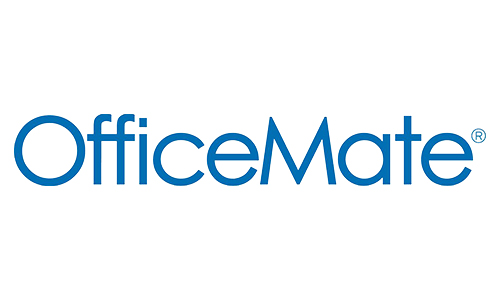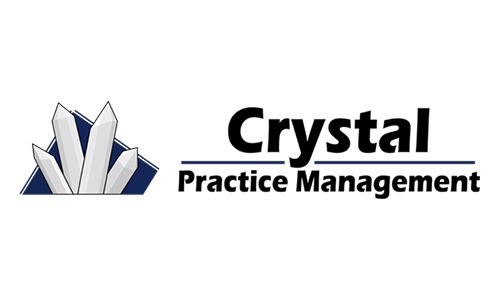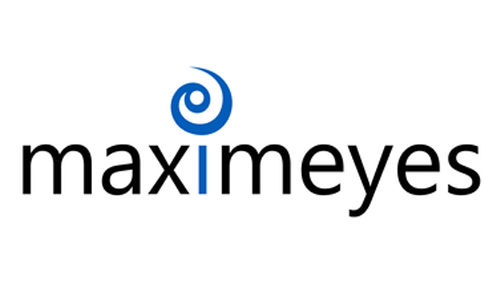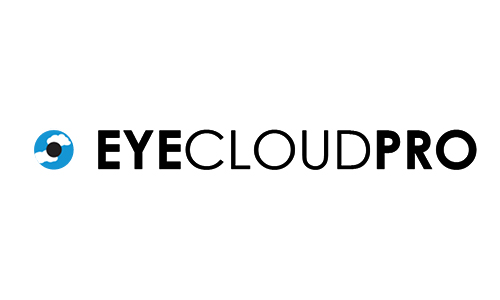It takes longer than you think. Here are tips to stay on track.
You snagged a promising optometry grad. She will perfectly round out your team. You’re eager to pull her into the rotation. But first things first: She must get credentialed.
Don’t be surprised if the credentialing process takes longer than you thought.
To help you frame credentialing your optometry grad, Dave Kegel, manager of RevCycle Partners’ credentialing team, sheds light on how long it really takes and offers ideas for expediting the process.
1. Understand the Credentialing Timeline
The credentialing process for new optometrists consists of several distinct phases, each critical to the timeline's progression. Here’s a breakdown of these phases:
Initial Requirements
NPI and CAQH Setup: Graduates must obtain a National Provider Identifier (NPI) and establish a profile with the Council for Affordable Quality Healthcare (CAQH), which houses their professional information.
State O.D. License and Malpractice Insurance: Essential prerequisites that cannot be completed until after graduation, delaying the start of the credentialing process.
Medicare and Medicaid Credentialing
Medicare First: Credentialing with Medicare is required before proceeding with most commercial payers and takes about 30 to 60 days.
Followed by Medicaid: Depending on the state, Medicaid credentialing can add up to another 90 days to the timeline, with many states requiring a Medicare ID for Medicaid credentialing.
Commercial Payers Credentialing
The Final Step: After securing Medicare and Medicaid credentials, the process moves on to credentialing with commercial payers like Blue Cross or VSP, which can take an additional 90 to 120 days.
This sequential requirement means the entire credentialing process can extend over several months, often surpassing initial expectations.
2. Keep the Process on Track
Efficiency and preparation are key to navigating the credentialing process successfully, so your new grad can see—and get paid for seeing patients—sooner than later. Here are strategies to ensure a smooth progression:
Start Early
Initiate the CAQH profile and gather necessary documents well in advance of graduation. Early preparation can significantly reduce delays.
Stay Organized
Maintain a comprehensive checklist of required documents and steps to ensure completeness and address any missing elements promptly.
Communicate Effectively
Open and consistent communication between practices and new graduates is vital for guiding them through the process and ensuring all requirements are met.
Monitor Progress
This is a step that many practices skip but is essential to keeping the credentialing of your optometry grad on track. Regularly checking the status of applications with Medicare, Medicaid, and commercial payers helps identify and resolve any issues quickly.
Consider Professional Help
Credentialing services provided by an outsource RCM partner can alleviate administrative burdens and expedite the process. If you have any qualms that you might miss an important step, or if you fear your office staff isn’t equipped to see the process through to completion, outsourcing might be a strategy to consider.
Credentialing an optometry graduate is a complex process that requires time, preparation, and patience. Understanding these requirements and timelines sets realistic expectations of when your new doc can start practicing.









